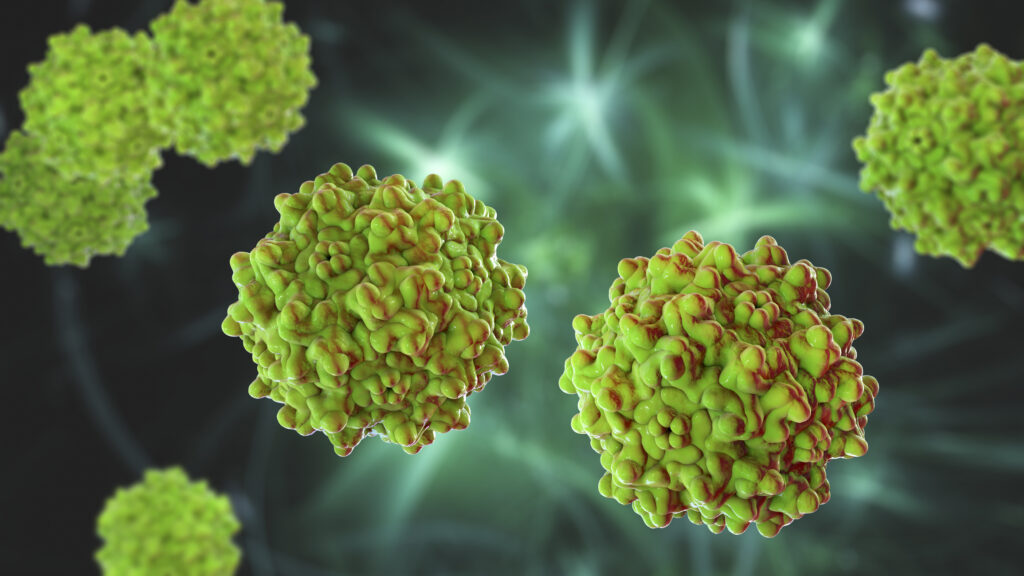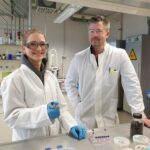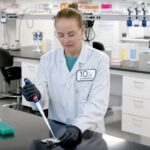Adeno-associated viruses (AAVs) are used in nearly a dozen FDA-approved therapies and more than 900 R&D projects to deliver therapeutic payloads to cells. Yet, large-scale AAV production is still a bottleneck for commercialization. A new, streamlined AAV purification process that is both universal and scalable eases that constraint.
After the AAV cell lysates are clarified, scientists use steric exclusion chromatography (SXC) for purification and anion exchange (AEX) chromatograph for separation. This results in high levels of AAV recovery and impurity removal. Because it also eliminates the need for intermediate concentration and buffer exchange, fewer processing steps are needed.
Frederik Meierrieks, scientist at Sartorius Lab Instruments GmbH & Co., and colleagues in Germany and the U.S., outlined the process in a recent paper*. As they report, optimizing SXC conditions using isocratic separation to separate empty and full AAV capsids from the lysate enabled 51.7 percent of the viral genome to be recovered. It reduced DNA impurities by 99.9 percent and protein impurities by 99.8 percent.
“This streamlined, universal, and scalable process provides a robust and efficient alternative to traditional AAV purification processes,” they pointed out, “addressing critical challenges in gene therapy production.” This approach, thanks to its easy applicability to multiple AAV serotypes, reduced processing steps, and comparable genome recovery rates, seems well-positioned to edge out immunoaffinity chromatography, which currently is the most popular purification method for commercial AAV production.
Scalable, universal processing
Importantly for commercial operations, the process is scalable. When purification was scaled up four-fold, genome recovery dropped slightly from nearly 61 percent to 53 percent, while reductions of host cell DNA increased from 98.1 percent to 99.7 percent. The scaled-up version achieved a reduction in host cell protein of 69.8 percent, compared to 86.5 percent in the model before scale-up. Inter-laboratory work showed comparable results, confirming the adaptability, reproducibility, and compatibility of this method with multiple processing systems.
“AEX-based separation of full and empty AAV particles further improved product purity and resulted in a 3.4 to 4.2-fold enrichment of genome-containing particles,” Meierrieks’ team noted.
Furthermore, this purification process is considered universal. The scientists successfully adapted it to a variety of AAV serotypes and genes of interest, including AAV8-GFP and AAV5-GFP.
*This paper also lists optimal concentrations and flow rates for each of the three PEGs tested, stratified into genome recovery, DNA depletion, and protein depletion, as well as yields during each step of the purification process from clarification through polishing.



